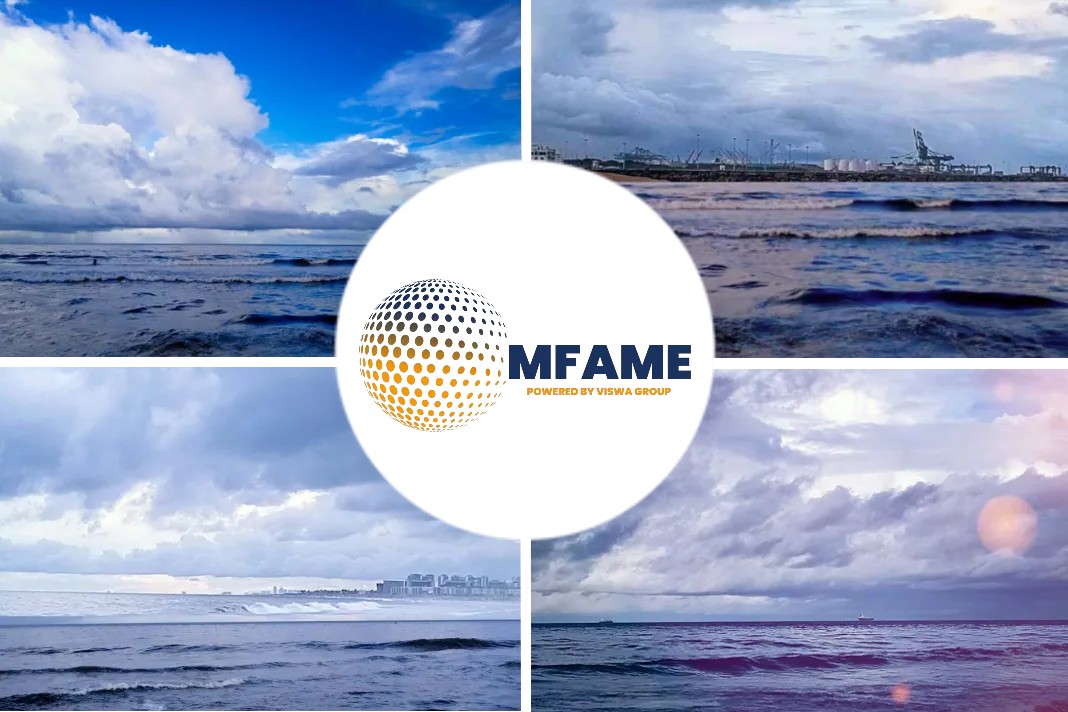A recent news article published in the Riviera states that fuel efficiency is key for emissions reduction.
Fuel efficiency and Decarbonization
When it comes to decarbonisation, fuel efficiency is one of the most important methods shipowners need to undertake until alternative fuels are proven.
Wärtsilä president and chief executive Håkan Agnevall says decarbonisation is the most important challenge facing shipping.
“There will be more happening in the maritime industry in the coming 10 years [than] the previous 20 or 30 years and it is very much centred around decarbonisation,” he says.
Indeed, shipping will need to accelerate its transition “to deal with one of the most important questions of our time: How do we get close to the Paris Agreement targets to make sure that we have a sustainable world?”
Decarbonisation is “very much at the top of the agenda,” he says, not only for the engineering, technical and operational departments, but also among “the chief executives and the boards of our customers.”
Net-zero path not easy
And while decarbonisation is at the top of everyone’s agenda, sorting out the path to accomplishing a net-zero future will not be easy, he points out.
“Everybody is looking to find out, ‘What is my avenue to 2050?’,” he says, noting it is just one vessel service life away. “We will need to change at a pace we have not been used to in the marine industry. And we know this – these are not easy strategic and high-capital decisions.”
No single solution
There will not be one simple solution or silver bullet. “We are going into an era where there will be multiple solutions, multiple different types of fuels and different types of energy-saving devices,” says Mr Agnevall.
2020 Bulkers Management chief operating officer Christian Dahll says the first steps to decarbonisation are compliance with IMO’s energy efficiency for existing ships (EEXI) and carbon intensity index (CII) requirements, both scheduled to come into force in 2023.
Energy-efficiency measures are highly important in these legislative programmes and involve capturing, processing and reporting operational data.
Continuous improvement in energy efficiency
To comply, owners need to show a continuous improvement in energy efficiency. Once a baseline is understood, the first step for owners is to reduce speed and power. The second stage for EEXI and CII compliance is repainting hulls to reduce drag and retrofitting energy-saving devices.
“Energy-efficiency measures and alternative fuels need to be validated,” Mr Dahll says. “There will be an increased need for accurate data.”
Information will need to flow between stakeholders as some will be responsible for vessel investment while others will reap the benefits in lower fuel costs.
New dynamics
“There will be new dynamics between owners, charterers and cargo owners,” he continues. “There will be difficult discussions ahead to improve efficiency, but there should be mutual efforts and benefits.”
Mr Dahll expects changes in the competitive landscape, with owners willing to improve efficiency and reduce emissions gaining favour from charterers. “The clock is ticking and time is running out,” he says.
“The European Union has run out of patience and CO2 taxes will be introduced to drive efficiency. It will make it easier for IMO to react to provide a level playing field.”
Did you subscribe to our daily Newsletter?
It’s Free! Click here to Subscribe
Source: Riviera























